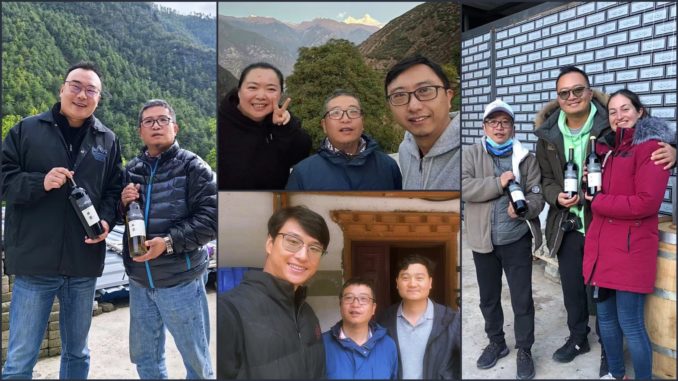
After a career in textiles, Martin Ding has spent the past decade making wine. Based first in Ningxia for a half-dozen years and since then in Yunnan’s Shangri-la area at his own venture, Deqin Hanzang Winery, some 2880 meters high.
How was the shift from Ningxia to Yunnan? Will we ever see Shangri-la wines–notoriously high-priced–for under RMB100 per bottle? What are his favorite wineries from Ningxia, Huailai and elsewhere? And how about his most recent orange wine!?
Check it out below. And check out lots more Q&8s at this link.
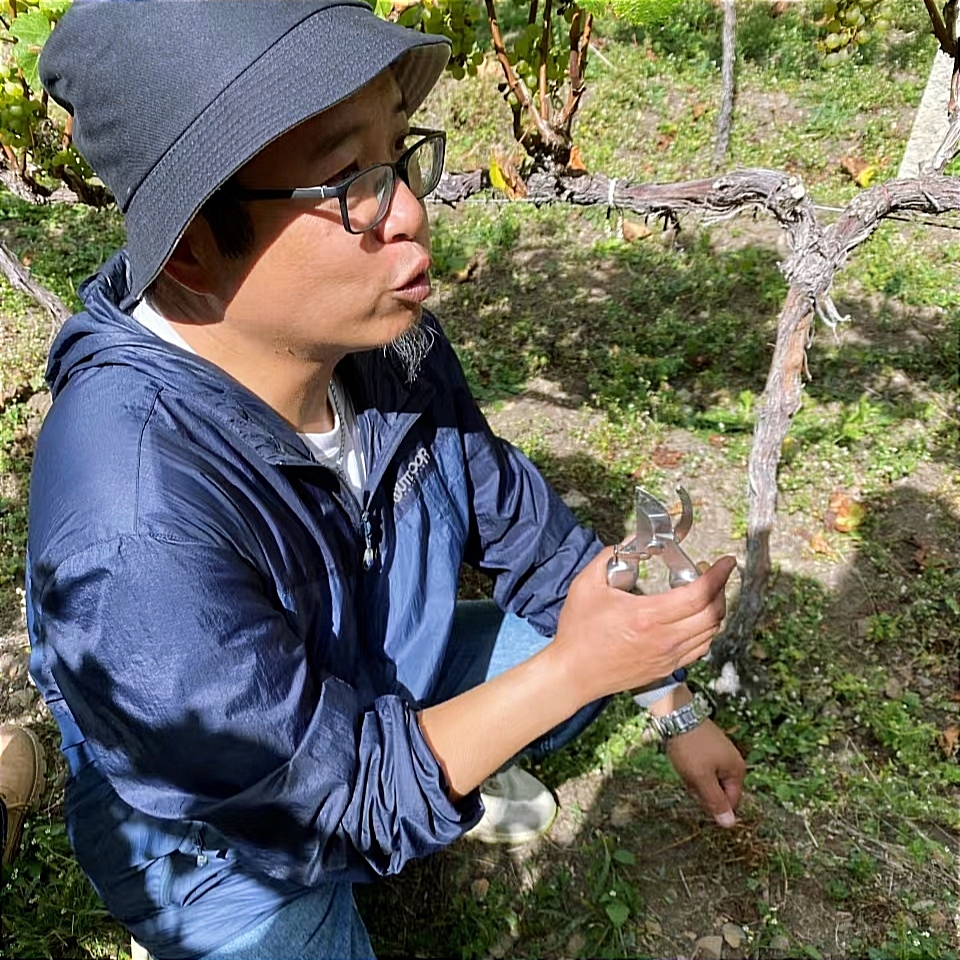
1 Grape Wall: You first made wine in Ningxia. What attracted you there, what wines did you make and what were the biggest challenges for viticulture?
Martin Ding: I was based in Ningxia for six vintages, from 2015 to 2020, focused on Cabernet Sauvignon and Syrah. The Syrah I made in 2020 turned out very well.
I decided to shift my career from textiles to wine after I went to Ningxia on a three-day business trip in December of 2013. Ningxia was already a major wine-producing region, with large-scale planting and brewing, and Helan Qing Xue winery was already known as it had won a Decanter international medal.
I visited several winery owners that I met at a wine exhibition, hoping to learn more about the domestic industry. After getting acquainted, I suggested learning enology from them, because there were brewing techniques I wanted to practice.
They were enthusiastic about providing equipment, taking me to buy grapes and guiding me in making wine. The first year was very successful and gave me a lot of confidence, so I continued for another five years. It helped that I love Ningxia’s most famous dish – mutton!
In terms of viticulture, the major challenges are drought and the need for irrigation, the burying of vine trunks each year to protect them against the winter weather, and sudden heat in early July or even June that can result in high rising sugar levels and poor phenolics.
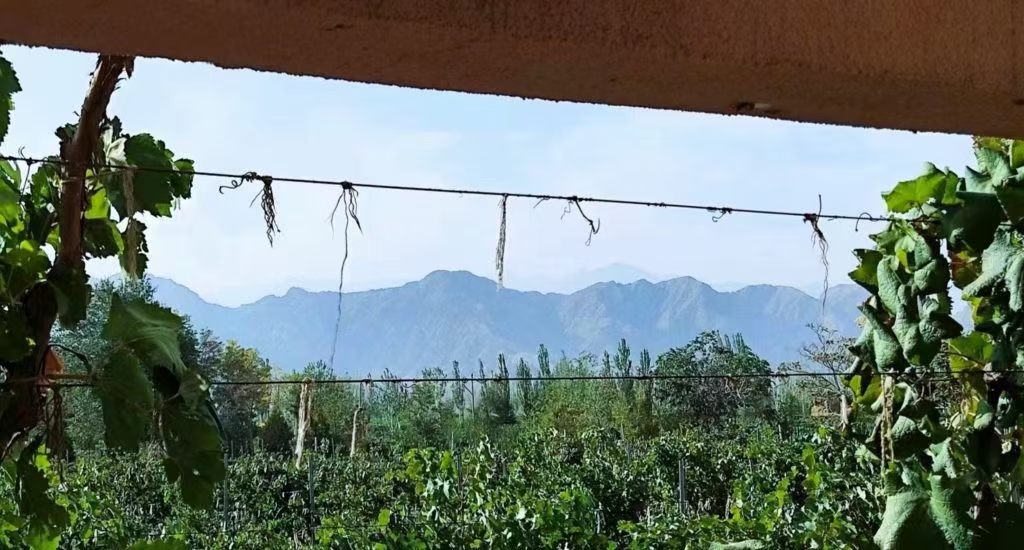
2 We’ve seen more grape varieties emerge in Ningxia this past decade. What varieties are best suited to the general terroir?
Since there are no major differences in climate in Ningxia’s sub-regions, I think Marselan is a promising variety. Cabernet Sauvignon and Syrah are good choices for small areas like Ganchengzi [in Qingtongxia] and some parts of Jinshan [in Yinchuan].
If given the choice, I would pick Cabernet Sauvignon for Ganchengzi, Jinshan and Shizuishan, Syrah for the west of Yinchuan and Hongsipu, and Chardonnay in higher altitude parts of GanChengzi. Marselan would be best at lower altitudes, in warmer areas.
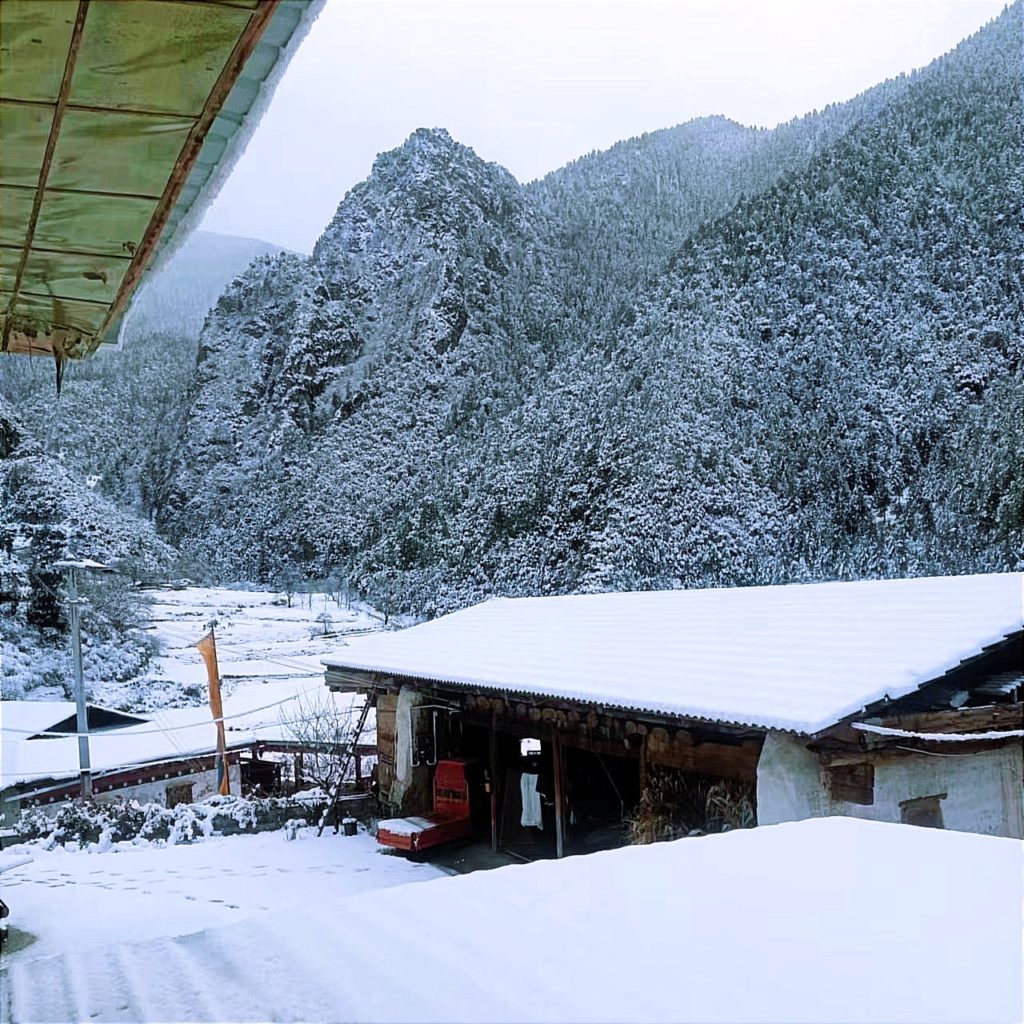
3 You moved to Yunnan three years ago. What inspired the shift? And what challenges did you face moving during the zero-COVID era?
I shifted to Yunnan for two reasons.
First, it has more diversity in terms of climates and terroirs, especially in the Shangri-la region. Second, I didn’t have enough investment to fund a 400-mu (27-hectare) operation in Ningxia, which is what was required.
I did face challenges in 2022, in August and December, due to the COVID situation and the quarantine regulations. But the bigger challenge was getting all of the equipment and materials needed for wine making. I had to buy it from Yantai or Ningxia as there is no mature supply chain in Shangri-la, a very isolated part of China.
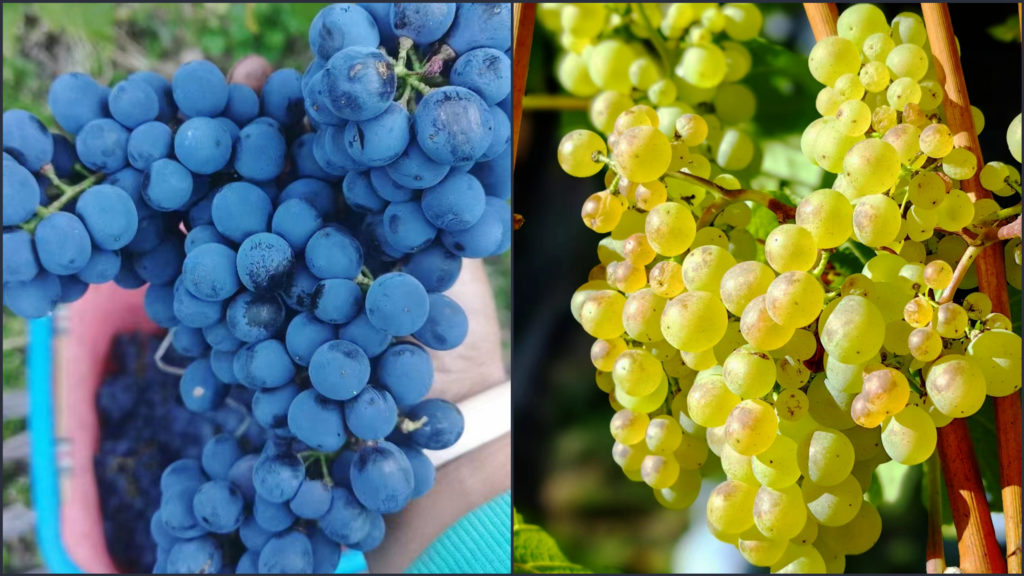
4 How do you source fruit, especially as logistics are so tough, with long drives between vineyards?
I set up my winery, at an altitude at 2880 meters, at the site of the vineyard. Getting grapes is not tough but getting materials, such as bottles, is still expensive given the distance and logistics.
In terms of the fruit, the yield is lower and the quality is higher and cleaner compared to Ningxia. There is nearly no Botrytis.
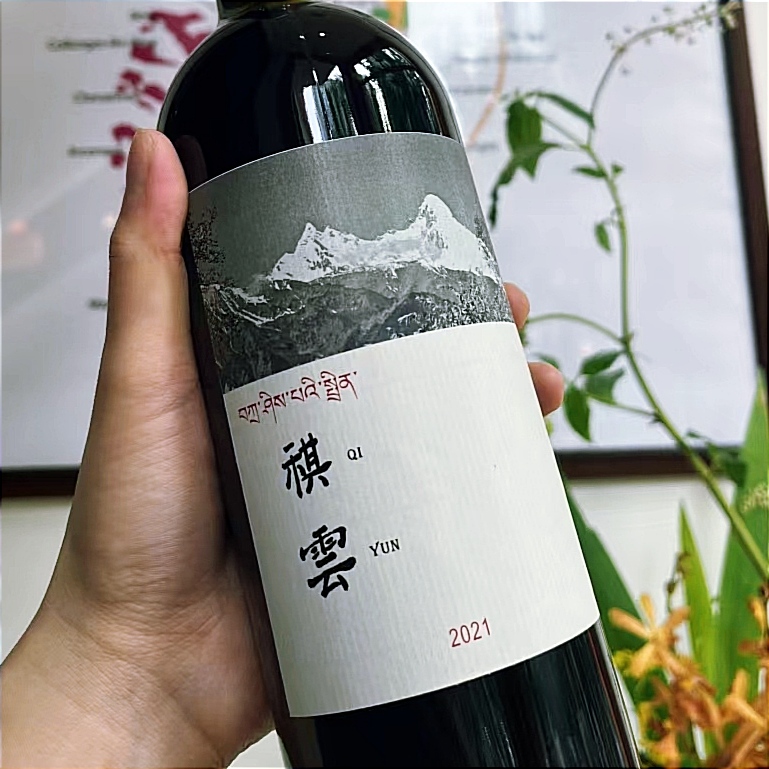
5 The top Yunnan wines are quite expensive. Is there any potential for quality Shangri-la wines that retail for less than RMB200 per bottle? Or less than RMB100?
Shangri-la’s wines are expensive for several reasons. The remote situation of the wineries, with materials like barrels, bottles and corks being transported from up to 2,000 km away. This is also a mountainous region, with vineyards found in steep terrain, thus putting the focus on manual labor, not mechanization, for tasks like harvest.
A good wine at RMB100 per bottle would be impossible and even RMB200 would be difficult. One consideration would be to plant some grape varieties with higher yields to lower the costs.
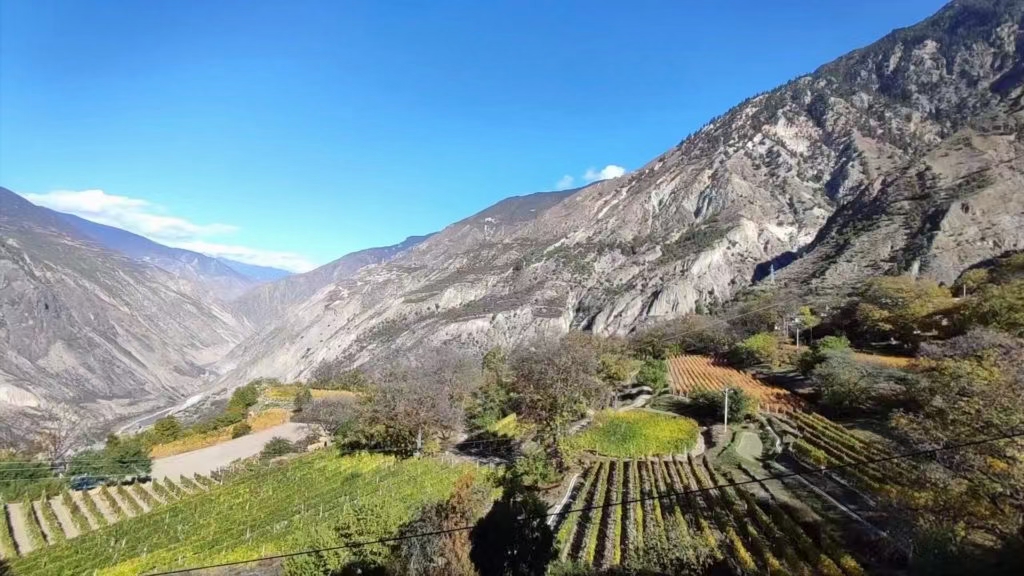
6 You have tasted a lot of wines from around China over the past decade. What are some of your favorite producers?
China is such a big and wide country, with at least ten major wine regions, and the one I am most familiar with is Ningxia.
That includes operations like Helan Qing Xue, Silver Heights, Legacy Peaks, Vegani, Xiagu Lanxuan and Li’s, notably for its Syrah.
In Huailai County, in Hebei Province, there is Domaine-Franco Chinois, which is also known as Zhongfa, and Amethyst. There is Tiansai and Puchang in Xinjiang. And in Yunnan we have Aoyun and Shangri-la.
Some are famous for Marselan, some are good for Cabernet Sauvignon, Puchang has very good white wines, using Rkatsiteli, a native variety from Georgia.
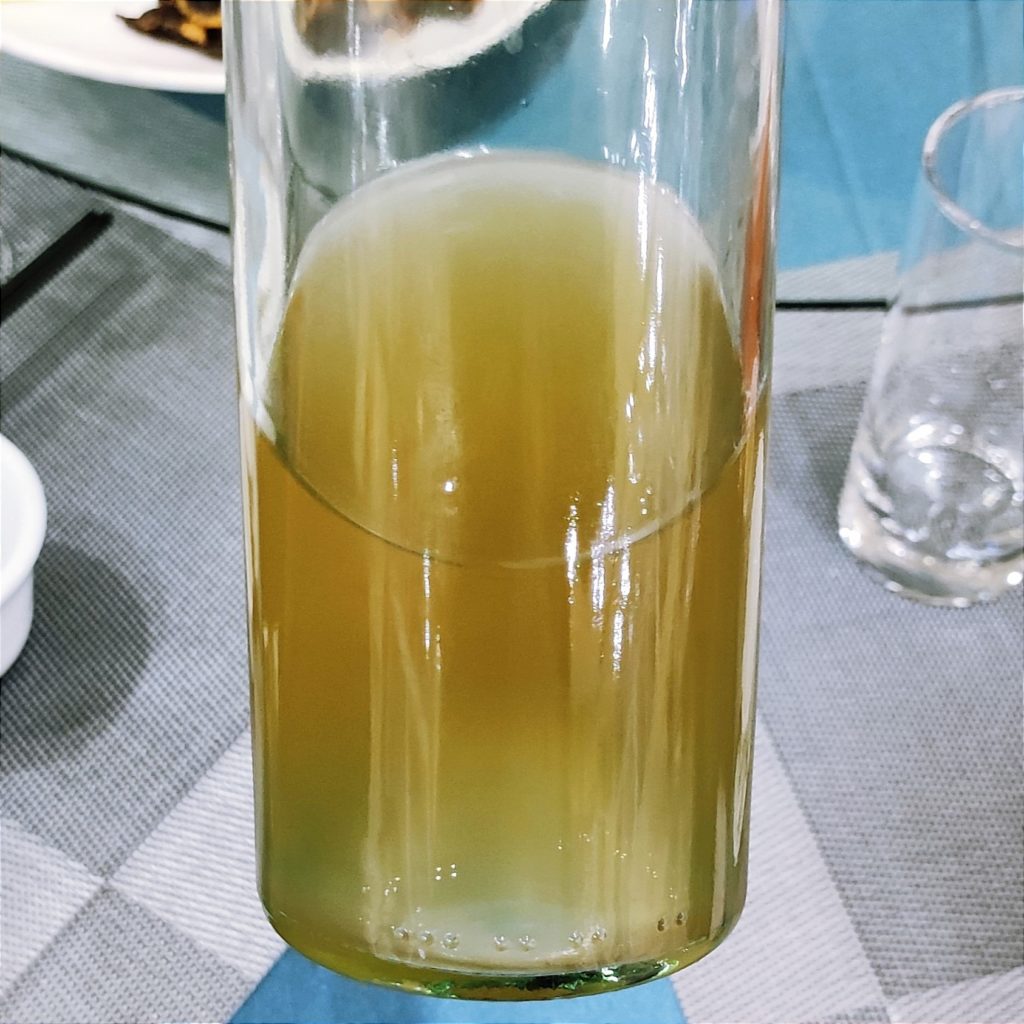
7 Your orange wine was a surprise at the inaugural Shangri-la wine festival in November. What inspired you to make it?
I made my first orange wine in Ningxia In 2020, using Chardonnay grapes grown in a very sandy vineyard.
After moving to Shangri-la, I noticed more slate in the soil and a bigger diurnal variation than in Ningxia. With good acidity a key factor, and a desire for more complexity, I made a skin contact wine in 2021. That included seven months of skin contact and then barrique aging for 17 months.
8 This year will be your tenth vintage in China. What are you plans for the upcoming season?
First, I want to take my viticulture up another step, with more stabilization and water conservancy. I also want to make wine in the southern hemisphere, in early 2025. And finally, I want to try some new wine making methods.
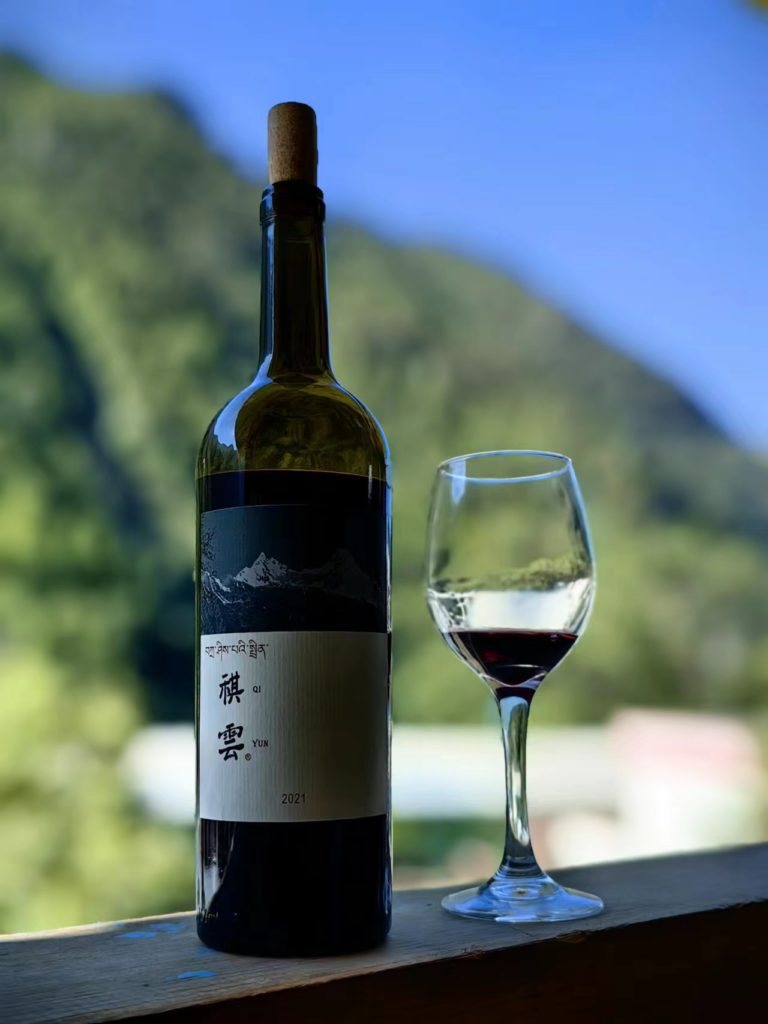
Grape Wall has no sponsors of advertisers: if you find the content and projects like World Marselan Day worthwhile, please help cover the costs via PayPal, WeChat or Alipay.
Sign up for the free Grape Wall newsletter here. Follow Grape Wall on LinkedIn, Instagram, Facebook and Twitter. And contact Grape Wall via grapewallofchina (at) gmail.com.

Leave a Reply
You must be logged in to post a comment.